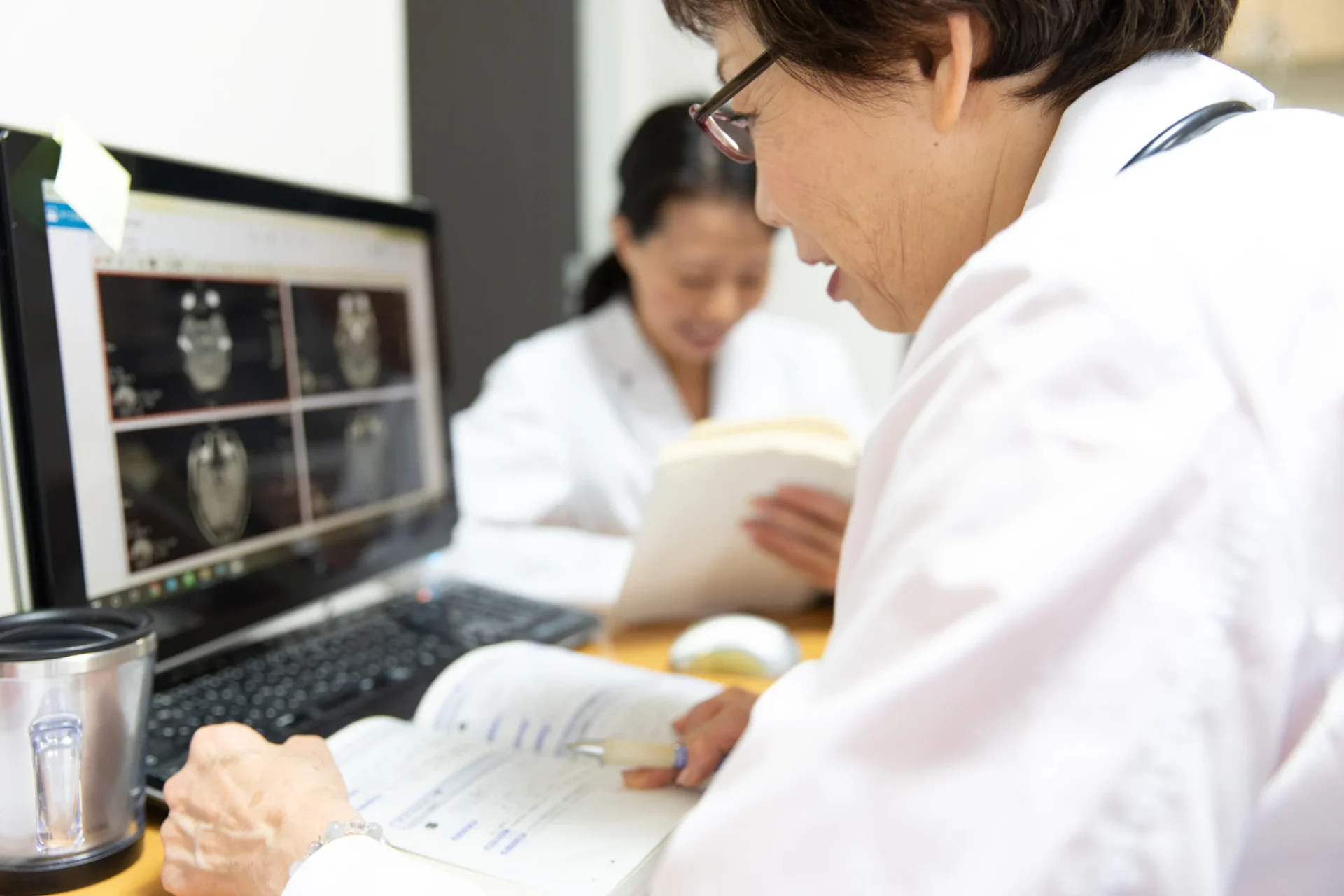With less than 18 months to go until the World Expo 2025, Osaka, Japan’s vibrant second city, is gearing up to showcase more than just its cultural and technological prowess. The city is keen to highlight its burgeoning medical tourism sector, an industry that Japan has been nurturing since 2009 with measures like medical visas permitting extended and multiple stays for medical purposes. Despite these efforts, the sector’s growth was initially slow and further impacted by the global coronavirus pandemic.
Now, revitalizing its approach, Osaka, alongside other Japanese cities such as Sapporo, Okinawa, Minokamo, and Sendai, is working closely with government bodies, travel, and health companies to attract those seeking world-class medical treatments coupled with a restorative holiday experience. To spearhead this initiative, Osaka and JTB, a domestic travel giant, established the Osaka International Medical Contribution Promotion Committee. The city’s new slogan, “Osaka, the future city of life and health,” underlines its commitment to becoming a key player in the medical tourism field.
Japan’s medical tourism initiatives, though in their infancy compared to established hubs like Singapore, Thailand, Malaysia, and South Korea, are rapidly gaining momentum. Takanori Matsushima, director of the Japan Medical and Health Tourism Centre (JMHC), expresses confidence in Japan’s potential to match other countries in this sector. Initially, most inquiries and medical tourists to Japan came from Russia and China, but there has been a notable increase in interest from places like Hong Kong, Vietnam, Mongolia, Southeast Asia, and the Middle East.
In 2012, Japan welcomed around 27,000 foreign nationals who combined medical treatment with tourism, a number that the International Medical Travel Journal estimated had risen to about 50,000 by 2019. Though pandemic-related travel restrictions have temporarily hampered the industry, Japan’s reputation for high-quality medical technology and safety, coupled with a weaker yen, makes it an increasingly attractive destination.
The JMHC reports a growing interest in advanced cancer treatments and other specialized medical areas. Japan’s leadership in therapies using induced pluripotent stem (iPS) cells is a prime example. Notable achievements include Osaka University’s medical school’s breakthrough in transplanting corneal cells created from iPS cells and Sumitomo Pharma’s clinical trials for a regenerative treatment for Parkinson’s disease using iPS cells.
To ensure the success of medical tourism in Japan, communication of available care is crucial. JTB plays a significant role in connecting patients with appropriate treatment providers, arranging travel and accommodation, offering translation services, and ensuring follow-up care post-treatment. The company notes a surge in inquiries about treatments in which Japan excels, such as heavy particle therapy and immunotherapy.
Osaka aims to merge its medical excellence with its tourism appeal, according to Koji Ogawa, manager of the Osaka International Medical Contribution Promotion Committee. The city and the wider Kansai region boast prestigious medical institutions recognized globally in fields like cardiology, cancer treatment, and immunotherapy. In addition, Osaka’s rich cultural and sightseeing opportunities make it an ideal destination for medical tourists seeking a holistic healing experience.
As the World Expo 2025 approaches, Osaka is poised to showcase its unique blend of advanced medical facilities and rich cultural heritage, establishing itself as a global hub for medical tourism.
READ MORE:
